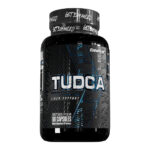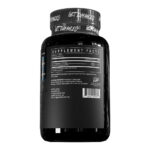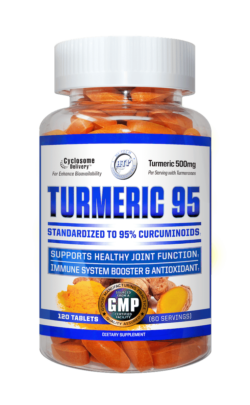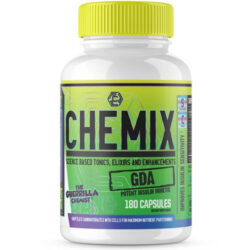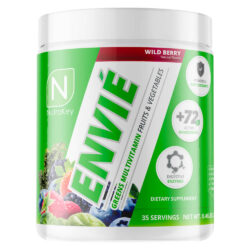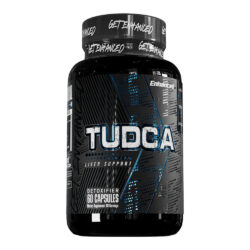Description
Enhanced Tudca+ Liver Health Supplement
Liver Health – Supports Digestion – Neurological Benefits
Benefits of TUDCA (Tauroursodeoxycholic acid)
Tauroursodeoxycholic acid (TUDCA) is a bile salt that is naturally occurring in the human body. TUDCA supports overall liver health. A study for the journal of Hepatology gave participants suffering from liver cirrhosis and high liver enzymes 750 milligrams (mg) of TUDCA for six months. TUDCA lowered one hundred percent of the participants’ liver enzymes [1]! TUDCA was well tolerated amongst the study participants. Not even one of the people enrolled complained of any side effects.
In addition, TUDCA supports digestion, especially fat digestion, and supports healthy insulin sensitivity. A study with lab animals found a 43% reduction in blood glucose when treated with TUDCA [2]!
Benefits of Picrorhiza Kurroa Extract (Kutkin 5%)
Picrorhiza kurroa is a liver tonic from Ayurveda that due solely to the kutkin molecules, appears to be potently hepatoprotective (protective of the liver) when ingested prior to or taken after exposure to a toxin. The protective effects seem to extend to all tested toxins or stressors that are known to alter liver function and appears to also extend to states of intrinsic liver dysfunction (non-alcoholic fatty liver disease from a high fat diet). Most notably it is protective against acetaminophen and alcohol with a potency that is greater than silymarins (the active ingredient in milk thistle supplementation).
A study for the Journal of Ayurveda and Integrative Medicine using rats fed a high fat diet reported that picrorhiza kurroa extract (kutkin) was able to significantly reduce liver fat after four weeks of supplementation [3]. The increase in liver fat from changing to a high fat diet in rats was fully prevented, and the picrorhiza kurroa (kutkin) group ended up with 42% less liver fat then the control group!
How to Take Enhanced Tudca+
Take one to two (1-2) capsules daily, with or without food.
References
[1] https://pubmed.ncbi.nlm.nih.gov/9918905/
[2] https://www.ncbi.nlm.nih.gov/pmc/articles/PMC6529580/
[3] https://www.ncbi.nlm.nih.gov/pmc/articles/PMC3087357/





